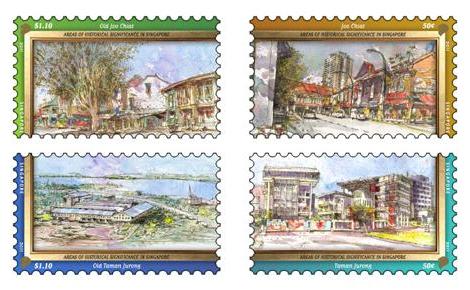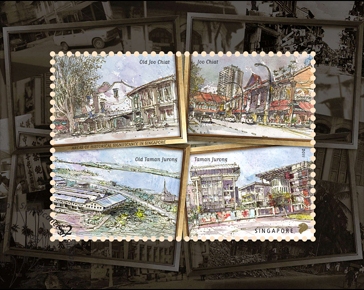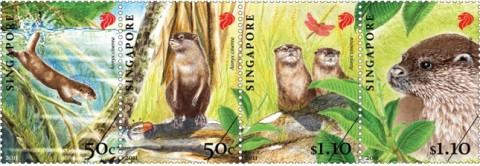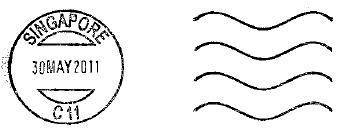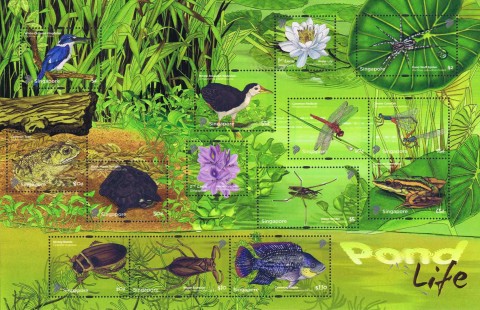Greetings from YourSingapore! Today, Singapore Post will be releasing a set of 10 stamps featuring the YourSingapore logo. From greenery, food to a bed of roses, these simple elements form the shape of the island of Singapore.
Electrifying, romantic, inspiring, or just plain fun – come make Singapore your own at YourSingapore.com.
YourSingapore is the new destination brand of Singapore. The logo is made of colourful cubes placed in a haphazard manner, suggesting the different facets of Singapore as a tourist destination and the nature of Singapore’s evolvement. At YourSingapore.com, one can explore Singapore virtually and create a personalised itinerary for a unique experience. Share these encounters on the website as well!
This new brand was launched on 5 March 2010 by the Singapore Tourism Board as an evolution of Uniquely Singapore, which was Singapore’s destination brand from 2004 to 2009.
A complete set of 10 stamps (all 1st Local) costs $2.55, and are available in gummed-back sheets and self-adhesive booklets. The first day cover is priced at $3.40. As this is part of the ‘Greetings’ series, there will not be any presentation pack.
Date of Issue: 14 September 2011
Denominations: 1st Local (10 designs)
Stamp size: 40 mm x 30 mm
Perforation: 13
Paper: Unwatermarked
Printer: Secura Singapore Pte Ltd
Images: Singapore Post



